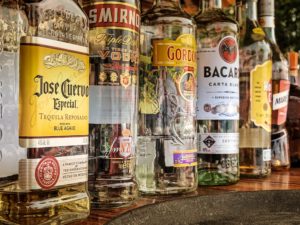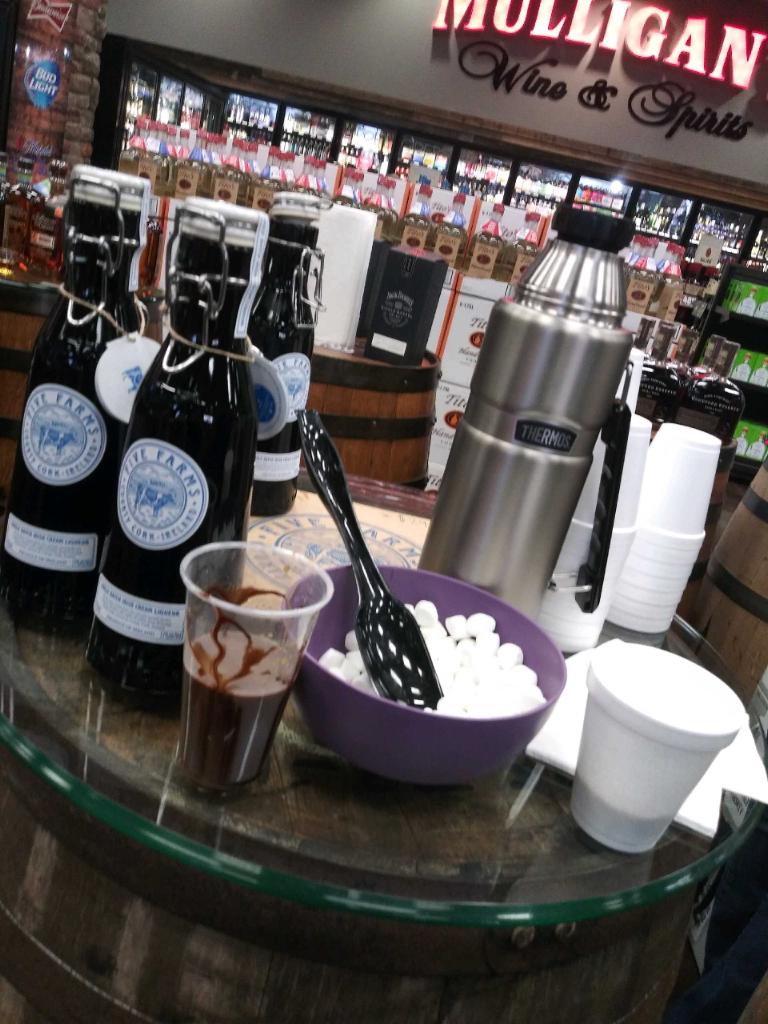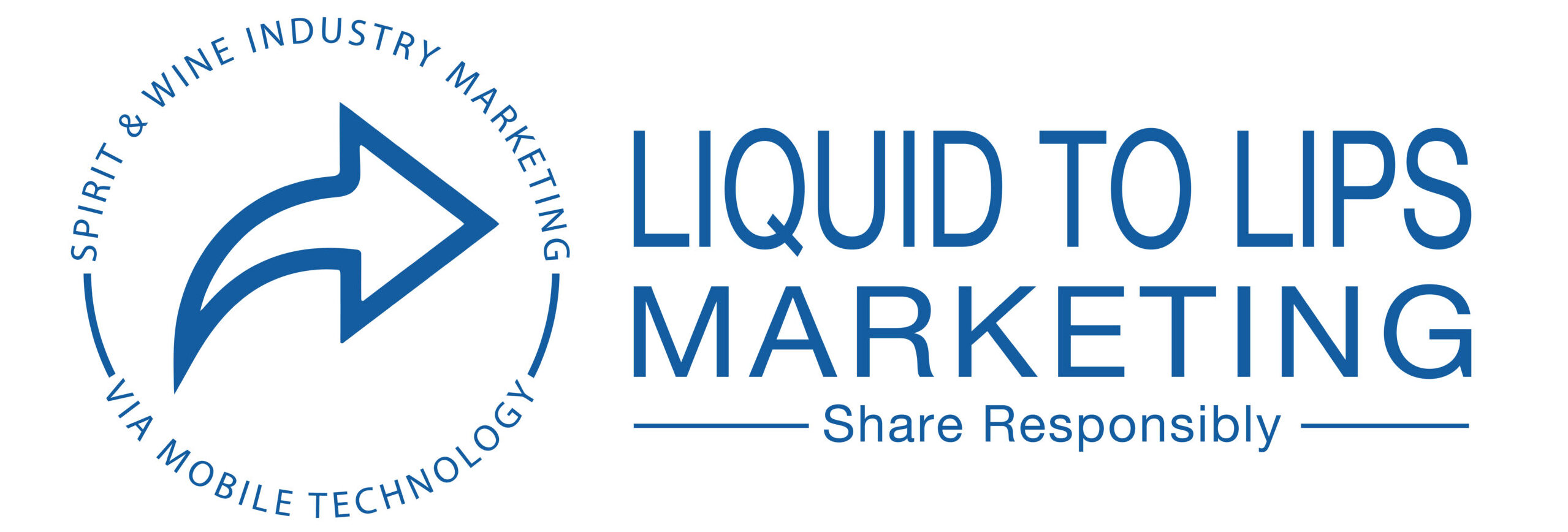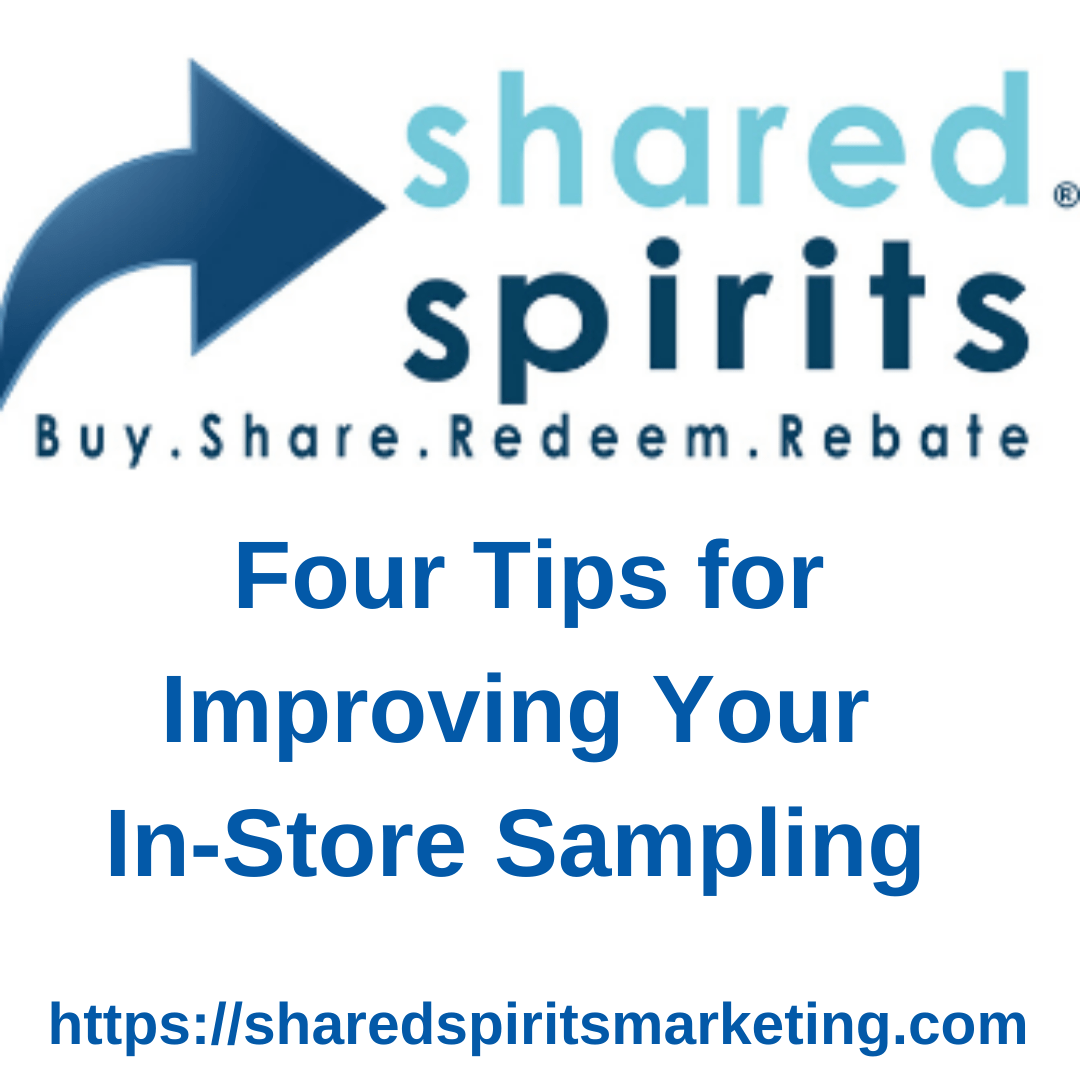1) Target your audience in conjunction with key on-premise and retail accounts.
One of the better explained “liquid to lips” campaigns is explained on the Portma.com site found here: http://portma.com/tag/spirits-sampling An excerpt below:
“The brand teams conducted on-site surveys at various liquor stores in three US regions: New York-New Jersey (NY-NJ), Eastern Pennsylvania (PA), and North Florida (FL). We also had a plethora of field staff reporting data available to link with the survey results. There were differences in impact between the regions, which field staff reporting identified.
The program was centered on the “liquid-to-lips” experience, so we tracked the number of samples distributed in each market.
Another program objective was to generate on-site bottle sales following the liquid-to-lips experience. An easy metric to measure the success of that effort is on-site conversion, or bottle sales as a percentage of samples distributed. There was a clear winner at the end of the program:
- NY-NJ: 20.1% (79 samples per event)
- PA: 12.0% (60 samples per event)
- FL: 9.2% (53 samples per event)
NY-NJ had the highest conversion by eight percentage points. In NY-NJ, for every five samples given out, one would lead to a purchase. Not only that, but NY-NJ was double the off-premise conversion benchmark (9.4%).”
What I appreciated about this rundown was that it was a true attempt to measure what happened immediately as a result of the event and the sampling count.
Wouldn’t it have been better if a month prior to the promotion you had data and web advertising showing up in visited websites of everyone who’d entered the retail accounts you’re sampling in right down to the spirits aisle for the category you’re sampling?
With Shared Spirits technology, the brand could be building a meaningful relationship with every person who sampled.

I ask these questions.
Did the retailer actually help in planning or promoting the presence of the brand?
Were they provided compliant incentives to do so?
Was an email or newsletter in place notifying patrons of the event?
Was a coupon or manufacturer’s rebate available if legal in the state?
What was the email gathering and follow up marketing plan?
2) Equip your ambassadors/reps/distributors with better tools.
One noted agency shares this info as part of their call to action on their web site.
We provide:
- Models
- Bartenders
- Brand ambassadors
- Dancers
- Performers
- Emcees
- DJs
- Street teams
- Product demonstrators
- And more!
Admittedly, all fun but NONE leads to a measurable way to prove customers you want experiencing your brand actually did so.
Unless you wish to count the booze wasted at the event as acceptable sales success metrics.
Shared Spirits technology would allow each of the above players in the campaigns to be equipped with the ability to share a drink or bottle redeemable at a key on-premise account or retailer. All participants at these activation events could be known, followed up on with a true call to action, and monitored for retail purchases after the on-premise push.
3) Provide your audience/participants with more than the event. This is easier than ever with the advent of virtual events.
I’ve eluded to this in the above point. In event after event, sampling after sampling, there are NO relationships being built over the long term.
Virtual events, when done properly may lead to phenomenal opportunities to market to the virtual event attendees.
There are no real metrics associated with tracking what happened to every individual after an event. Agencies have gotten away with ripping brands and suppliers off, but candidly, they put up with it.
Shared Spirits technology allows you to distribute a sample of your brand via a digital gateway that provides more data and metrics with marketing potential never before possible.

4) Trigger a follow up invitation to experience the brand.
There has never been a follow-up call to action initiated by a brand or an agency acting on behalf of a brand that encouraged me to buy the brand after the event.
Why?
Because agencies don’t want the reality of how crappy the results are to end up in some way measurable.
Shared Spirits technology allows for the sharing of a trackable compliant, on-premise experience, after an event, tasting or educational event or sponsorship of any kind.
Bonus Tip: Leverage new technology with a supplier rebate program.
Shared Spirits offers a manufacturer’s/supplier rebate program that proves individuals bought your brand. It’s a pay for performance model meaning, you only pay when customers buy your product and meet requirements.
We build these campaigns into ticketed virtual events that weave the retail purchase into the registration. Our technology prevents fraud and leads to engagement and permanent relationships with customers.
If you don’t currently know how much your customer’s lifetime value is to your brand, this program is a first step in figuring it out. If you don’t think you need to know that customer lifetime value, we’re excited to work with competitors that do. 🙂
Sherman Mohr is Co-Founder and CEO of Shared Spirits, a data-driven spirits, wine and beer marketing firm.


